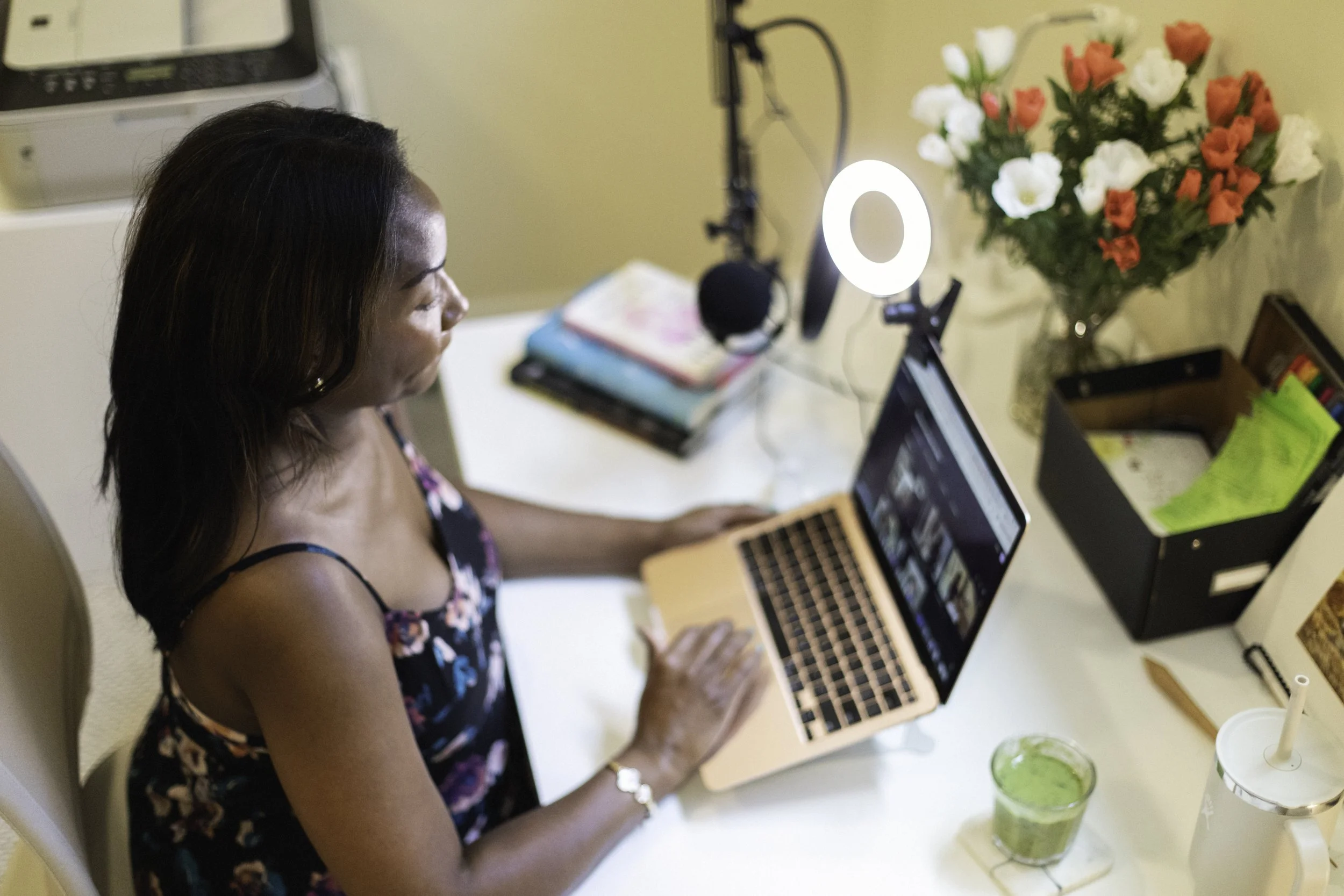How I Use AI to Work Smarter in Law and Strategy
Launching your own business means wearing every hat. I’m not just the lawyer anymore. I’m also the project manager, bookkeeper, researcher, and administrative assistant. It’s a lot.
That’s where AI-powered tools come in. They help me stay organized, focused, and efficient. And while there’s plenty of debate about whether AI is friend or foe, my take is simple: it’s here to stay, so it’s better to learn how to use it well than to fear it.
Here’s how I put it to work in my day-to-day:
1. Research made readable.
When I’m diving into areas outside my core focus — like tax law, FDA regulations, or SEC filings — AI tools like ChatGPT help me make sense of complex material quickly. I’ll ask it to summarize a concept in laymen’s terms and within seconds, I have a clearer starting point. That alone saves hours I’d otherwise spend re-reading dense text.
2. Getting organized (and sounding right).
If I’m drafting a proposal or client summary that needs to be tailored for a non-lawyer audience, AI helps me reframe legal language into something more conversational — without losing precision. It’s like having an editor who’s fast, patient, and available 24/7.
3. Finding the right starting point.
AI doesn’t replace trusted legal resources like Practical Law or the tax code, but it helps me aim better. When those databases feel like a firehose, I’ll use AI to map out the terrain first — what to look for, what to skip. Then I verify everything myself.
(And no, I don’t upload client data — ever. Only anonymized templates or self-created content.)
4. Spellbook for smarter redlining.
Spellbook has become one of my favorite tools for contract work. It spots issues I might want to dig deeper into, suggests alternative language, and even highlights negotiation points I can advocate for on behalf of my client. It’s particularly strong when redlining complex agreements — it flags potential risks, but it’s still on me to decide which changes actually make sense. AI can make recommendations, but judgment and context remain the lawyer’s domain.
5. Structuring with ChatGPT and Co-Pilot.
I’ve used both ChatGPT and Microsoft Co-Pilot when I need to create structure out of a jumble of ideas — whether that’s developing a client presentation, outlining a new service offering, or building a legal playbook. These tools are great at generating frameworks and helping me see connections I might have missed. From there, I refine, expand, and add the nuance that only experience brings. They don’t replace my thinking — they help me organize it.
AI hasn’t replaced my legal and business reasoning — it’s amplified it.
Used wisely, these tools free up time for what matters most: exercising judgment, building relationships, and crafting strategy.

